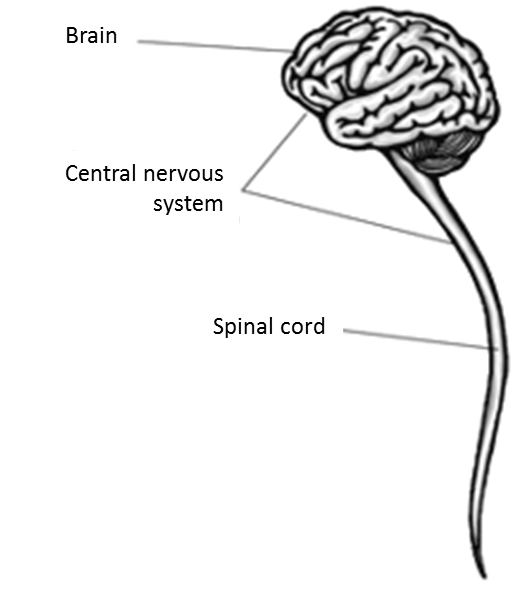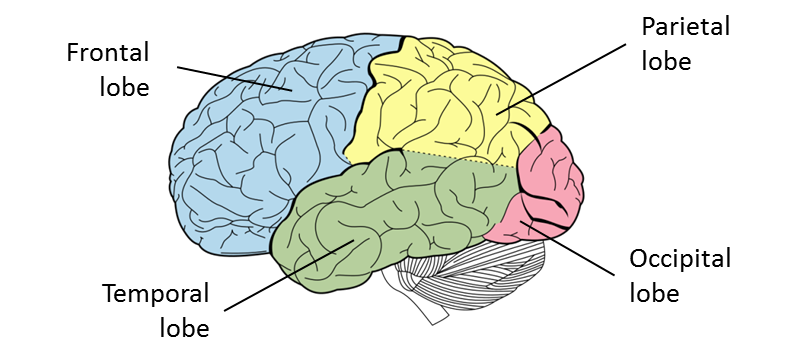Gliomatosis cerebri
Introduction to the nervous system
The nervous system has three main functions: sensorial input, integration of data and motor output. Sensorial input occurs when the body gathers information or data using neurons, glia and synapses. The brain then processes and integrates this data. After the brain has processed the information, impulses are conducted from the brain and spinal cord to muscles and glands, which are known as motor outputs.
Classification of the Central Nervous System (CNS)
The nervous system consists of two major components: the central nervous system (CNS) and the peripheral nervous system (PNS). The CNS includes the brain and spinal cord.

The brain is subdivided into different parts that are responsible for different purposes They include movement, sensitivity, coordination, conduct, memory, as well as dozens of others functions. The the brain is formed by the cerebral cortex, the basal ganglia and the olfactory bulb, along with many other structures.
The brain’s cerebral cortex is the outermost layer that gives the brain its characteristic wrinkly appearance. The cerebral cortex is divided lengthways into two cerebral hemispheres connected by the corpus callosum. Traditionally, each of the hemispheres has been divided into four lobes: frontal, parietal, temporal and occipital.

Although we now know that most brain functions rely on many different regions across the entire brain working as a network, it is still true that each lobe carries out the bulk of certain functions.
